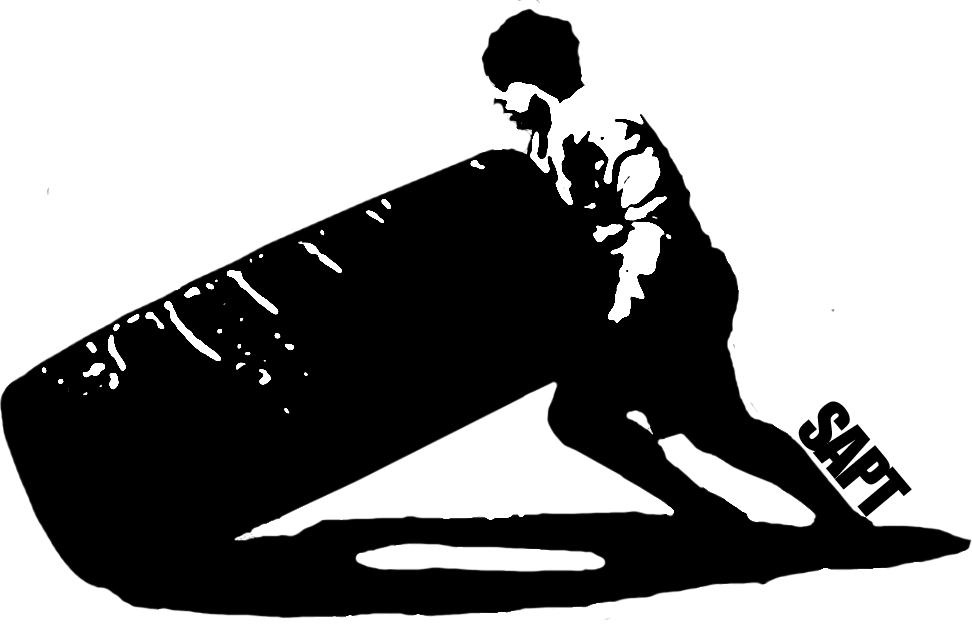The health and fitness industry is notorious for making things more complicated than they need to be. I am guilty of it, you are guilty of it, and everyone you know is guilty of it, or at least has been at some point in time. I think it must be inherent in our nature as humans to find the most complicated solution possible.
Hence the logician, William of Ockham, creating the often-cited principle Occam's Razor in the 14th century, in order to help guide scientists in the development of theoretical models (the razor essentially states that "when you have two competing theories that make exactly the same predictions, the simpler one is the better"). But that's a story, and perhaps a long discussion, for another day.
The more I journey down the path of my own training, and help an increasing number of people journey down their own respective paths of physical training and preparation, the more I acutely understand the truth of Da Vinci's statement from the image at the top of this post.
Whether your goal is to get stronger, run faster, or lose bodyfat, the simplest solution is usually going to be the most effective. In the age of the internet, where you can pick from any multitude of websites and YouTube videos showcasing the latest and greatest plyometric drills, exercise gimmicks, and fancy schmancy exercises, it's tough to remember that simple is better.
Here are a few quick examples, giving first the problem (and a person's typical proposed solution) along with the simple solution that will be much more effective:
Problem: I want to put on more muscle on my legs. I'm going to do leg extensions, leg curls, walking lunges, static lunges, side lunges, stepback lunges, and then do supersets of each and make sure I do different leg exercises every time I do "leg day."
Solution: Put a bar on your back. Now squat it.
Problem: I want to get stronger. I'll follow a conjugated periodization scheme for twelve weeks, and then enter undulated periodization for another month or two, cycling bands and chains in and out of my training. I'll also change up my exercises every week so my body never knows what's coming. Muscle confusion, baby.
Solution: Pick a lift. Now put a little more weight on the bar each session.
Problem: I can't seem to lose any weight. Maybe I should try intermittent fasting, carb-cycling, do high intensity intervals every day, and switch up my workout one every other week.
Solution: Eat more whole, unprocessed foods, and consume less garbage.
Problem: I missed the bench press max attempt I wanted. Was I failing to set my shoulder blades, use leg drive, breathe correctly, or set the bar path in the right direction? I must need to do it again focusing on one of those things, or is it something else I'm not doing?
Solution: The weight's too heavy.
Problem: I want to improve my 1-mile time, become an elite-level Olympic lifter, do a powerlifting meet, and get absolutely shredded.
Solution: How about pick just one. Then we'll get started.
Problem: I've hit a plateau in my training, I always feel so tired and can't seem to improve the weight I'm using on the bar, even though my partner is helping me do forced reps. Do I need a different periodization scheme, or should I order some specialty bars?
Solution: Stop lifting to failure.
Problem: I've heard sandbag training is the secret for preparing for mixed martial arts. The ever-shifting sand challenges the core, consistently attacks different muscle groups from all angles as the bag moves around, and is really sport-specific.
Solution:Uh, no.
Problem: I want to improve my squat, it just doesn't seem very good. I'll switch it up between speed-strength work, squats vs. bands, squats vs. chains, box squats, anderson squats from pins, and cycle the volume and intensity each week.
Solution: Go into the gym. Squat. Do it again.
Problem: I'm a skinny guy and I can never seem to put on any weight. I really want to put on mass. Maybe I'm not following the right bodybuilding routine, or maybe I'm not doing enough exercises and total volume. Do I need to lift six days a week instead of five? Am I missing the magic chest exercise? Doing the wrong "split" routine?
Solution: Pick a few barbells lifts and get better at them. Then go home and eat. Eat again. No seriously, eat more; you're not eating enough.*
Problem: I'm depressed. I need to see a psychiatrist, delve into my social and emotional past, look for triggers, shift my attention-focus, and perhaps read a few books on the matter and attend some support groups.
Solution:Eat more bacon.
I'm certainly not implying that simple solutions are analogous to easy. No matter who you are, there comes a point where it's admittedly difficult to train with purpose day in and day out, to continue to push back at the iron on the days it doesn't seem to want to give anything to you, and to eat real foods when you're stressed, tired, and hungry.
But regardless of the situation, making things more complicated than they really are only going to suspend progress. Once you learn to keep things simple, and continue to keep your head up even when crap goes down, then you'll see success like you never have. You might be surprised. Simplicity is the ultimate sophistication.
*HINT: You're not eating enough.



